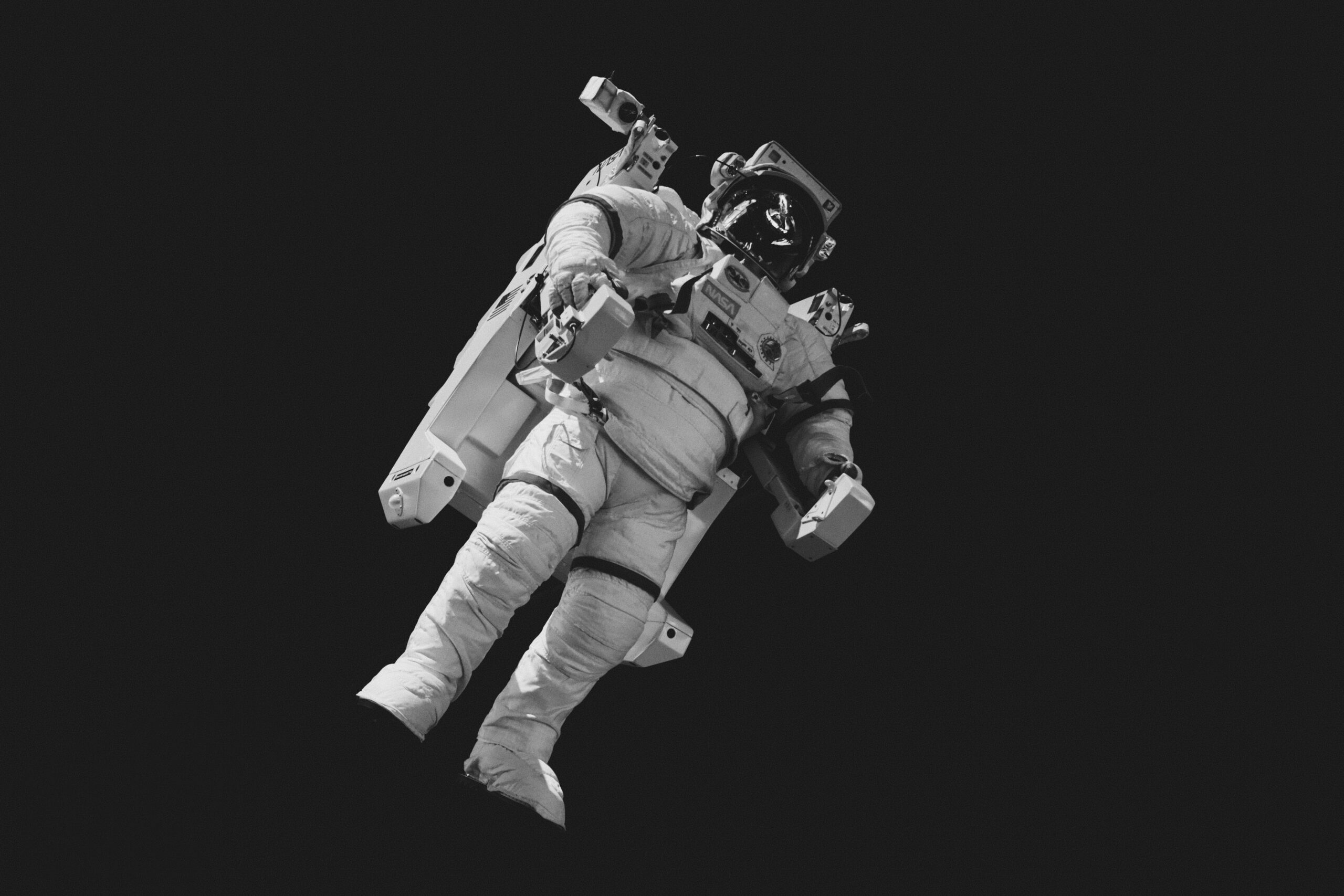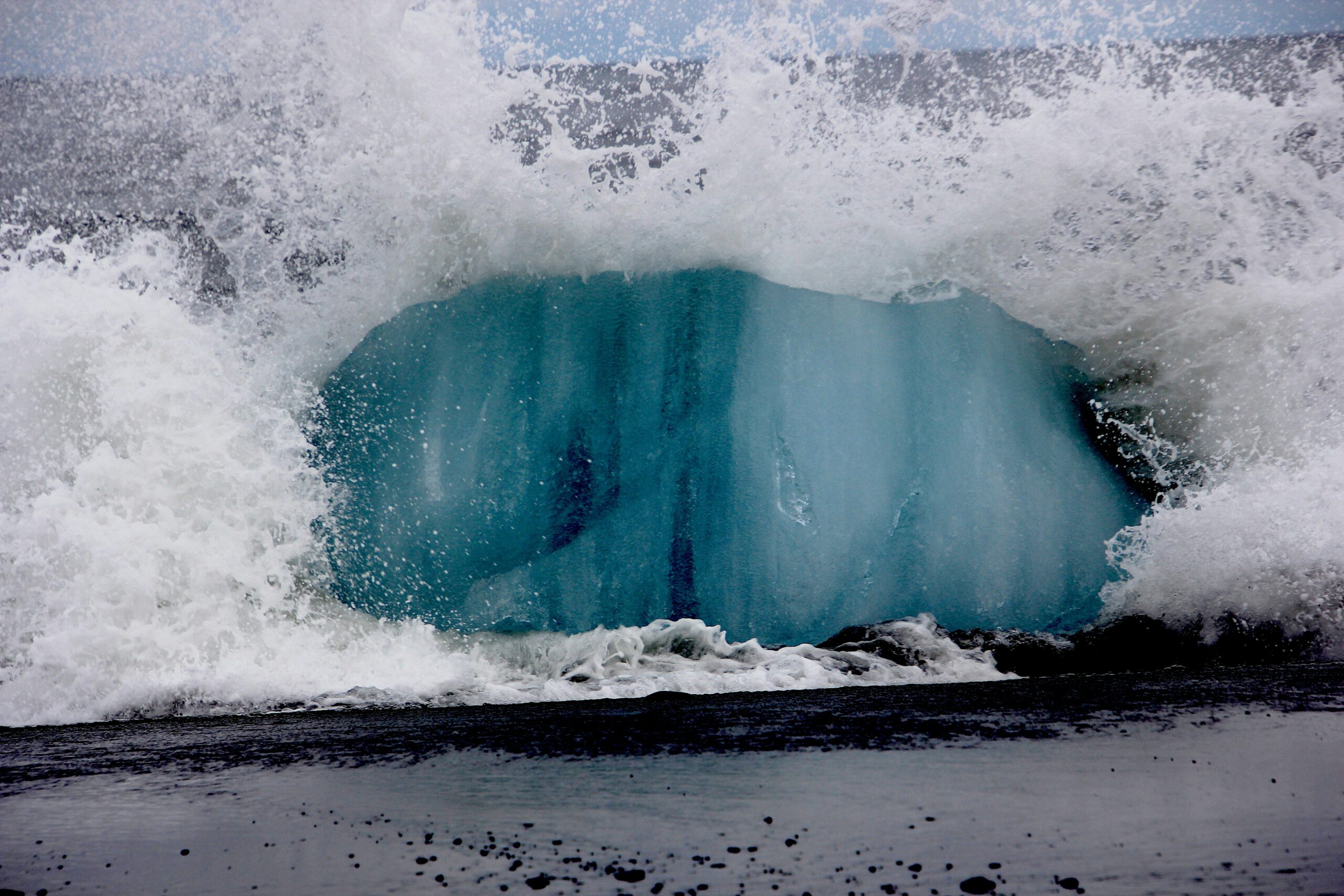Understanding Asteroids: What They Are and Where They Come From
Asteroids are small, rocky objects that orbit the Sun, primarily found in the asteroid belt between Mars and Jupiter. Unlike planets, which are larger and have clear characteristics, asteroids vary significantly in size, shape, and composition. They can range from a few meters to hundreds of kilometers in diameter and are typically made of minerals, metals, and other celestial materials. Their solid nature distinguishes them from comets, which are composed mostly of ice and dust.
The origin of asteroids can be traced back to the early formation of the solar system, approximately 4.6 billion years ago. During this time, the gravitational pull of nearby planets caused some material from the primordial disk of gas and dust to clump together, forming larger bodies. While many of these bodies eventually coalesced to become planets, others remained as smaller fragments which we now call asteroids. This historical context is essential to understand why certain asteroids can pose a potential threat to Earth.
Asteroids are classified into several categories based on their composition and orbit. The main classifications include C-type (carbonaceous), S-type (silicaceous), and M-type (metallic) asteroids. C-type asteroids are the most abundant and are rich in carbon, while S-type asteroids are made primarily of silicate materials and nickel-iron. M-type asteroids, though rare, contain a significant amount of metal. Understanding these classifications helps scientists assess the potential risks that certain asteroids might pose to our planet.
The designation of an asteroid as hazardous or benign is determined by its orbit and size. For instance, near-Earth asteroids (NEAs) are of particular concern because their paths bring them close to Earth’s orbit. By studying their trajectories and physical characteristics, scientists can differentiate between harmless asteroids and those that may pose a threat, enabling us to better understand the dynamics of our solar system and prepare for potential impacts in the future.
The 2032 Asteroid: Key Facts and Figures
Asteroid 2007 FF1, the object of concern for a potential impact with Earth in 2032, presents several critical characteristics meriting close observation. Initially discovered on March 29, 2007, by the Catalina Sky Survey, this near-Earth asteroid is classified within the Apollo group, wherein its orbit crosses that of Earth.
Measuring approximately 140 meters in diameter, 2007 FF1 is considered relatively large in terms of near-Earth objects. If it were to collide with our planet, its size could result in significant regional damage, potentially affecting areas extending hundreds of kilometers from the impact site. The asteroid is traveling at a swift velocity of about 25,000 miles per hour (40,234 kilometers per hour), meaning that any efforts to mitigate the hazard would need to be implemented several years in advance.
NASA and other space agencies continuously monitor 2007 FF1’s trajectory due to its possibility of passing perilously close to Earth. The asteroid is projected to make its closest approach on April 13, 2032. Although current estimations suggest a low probability of collision—at about 0.0004%—the uncertainty in its trajectory underscores the importance of ongoing surveillance. Factors such as gravitational interactions with other celestial bodies can alter the asteroid’s path over time, which necessitates constant updates to impact projections.
Historically, Earth has experienced impacts from similar-sized asteroids, resulting in substantial consequences. The Tunguska event of 1908, which flattened approximately 2,000 square kilometers in Siberia, is a notable example of what impacts from this size could yield. The monitoring of 2007 FF1 is not just a precaution but also a necessary undertaking to ensure preparedness should the trajectory change, thus protecting life on Earth.
NASA’s Role in Monitoring Near-Earth Objects (NEOs)
NASA plays a pivotal role in the detection and tracking of Near-Earth Objects (NEOs), which include comets and asteroids that approach the Earth’s orbit. Recognizing the potential threat posed by these celestial bodies, the agency has implemented various strategies and technologies to monitor their movements and predict potential impacts. The cornerstone of NASA’s effort is the Near-Earth Object Observations (NEOO) Program, which focuses on discovering and characterizing NEOs to assess their risk levels.
The NEOO Program employs a range of advanced technologies, including ground-based telescopes and space-based observatories. One notable asset is the Pan-STARRS (Panoramic Survey Telescope and Rapid Response System), located in Hawaii, which utilizes high-resolution surveillance techniques to detect and catalog asteroids on a near-continuous basis. Additionally, the upcoming NASA mission called the Near-Earth Object Surveillance Mission (NEO-SM) will bolster these efforts through space-based detection, aiming for greater sensitivity to smaller and more dimly lit objects that could pose a threat.
Collaboration is essential in the field of asteroid monitoring, and NASA works with international space agencies and organizations, such as the European Space Agency (ESA) and the Minor Planet Center, to enhance global awareness of NEOs. These partnerships facilitate the sharing of data and resources, vital for accurately tracking potential hazards. Furthermore, NASA participates in public outreach and education efforts, which aim to increase awareness about asteroids and the technologies employed for their detection.
Through these comprehensive efforts, NASA not only contributes to the ongoing study of NEOs but also strives to mitigate risks associated with potential asteroid impacts. By enhancing detection capabilities and fostering international collaboration, NASA is at the forefront of protecting Earth from these unpredictable threats.
Potential Impact Scenarios: What if the Asteroid Hits?
The potential consequences of an asteroid impact in 2032 can vary significantly based on several key factors, including the size, speed, and trajectory of the asteroid. If an asteroid were to collide with Earth, the immediate result could be catastrophic, especially if the impact takes place over a populated area. The destruction would likely extend far beyond the initial impact zone, warranting a comprehensive analysis of various impact scenarios.
For instance, an asteroid measuring approximately 140 meters in diameter could unleash energy equivalent to several megatons of TNT upon impact. This level of force could obliterate infrastructure, cause extensive fires, and generate shockwaves capable of damaging structures hundreds of miles away. Areas near the impact site would face devastating consequences, leading to loss of life and long-term economic repercussions.
Additionally, the geological effects of an asteroid impact may result in significant alterations to the landscape, such as the formation of craters and seismic activity. The impact can trigger earthquakes and potentially volcanic eruptions, changing the surrounding environment for years to come. Furthermore, if the asteroid strikes an ocean, it could generate tsunamis with waves that reach coastal cities, exacerbating the destruction and creating additional challenges for rescue and recovery efforts.
The global implications of such an event could be even more profound. Dust and debris ejected into the atmosphere can block sunlight, leading to a phenomenon known as “impact winter.” This may disrupt agricultural systems, resulting in food shortages and economic instability that could affect millions worldwide. Climate change could also be accelerated, affecting weather patterns and long-term ecological balance.
A comprehensive understanding of these potential scenarios emphasizes the importance of global preparedness and monitoring efforts in mitigating the risks associated with asteroid impacts.
Deflection Technologies: Can We Alter an Asteroid’s Course?
The prospect of an asteroid impacting Earth has spurred considerable interest in asteroid deflection technologies. These strategies seek to modify an asteroid’s trajectory, thereby reducing the risk of catastrophic events. Several methods have emerged as potential solutions, with varying degrees of feasibility and sophistication. Understanding these technologies is vital as we evaluate our options in mitigating future asteroid threats.
One of the most explored techniques is the use of kinetic impactors. This method involves sending a spacecraft to collide with the asteroid at high speeds, thereby imparting a small but significant change in momentum. By aiming for the asteroid’s surface, the impact serves to nudge the object’s path over time. NASA’s Double Asteroid Redirection Test (DART) mission, which successfully impacted the binary asteroid system Didymos in 2022, exemplifies this approach. The results from DART are essential for understanding how effective kinetic impactors are in real-world scenarios, providing valuable data for future missions.
Another promising method is the gravity tractor technique. This approach involves positioning a spacecraft near the asteroid to utilize its gravitational pull over a prolonged period. While not as immediate as a kinetic impactor, this technique allows for a gradual alteration of the asteroid’s orbit without direct contact. The challenge lies in the careful calculation and operation needed to ensure that the spacecraft maintains the appropriate distance from the asteroid, thus effectively harnessing its gravitational influence.
Research is ongoing into additional strategies, such as nuclear pulse propulsion and laser ablation. These methods involve either detonating a nuclear device near the asteroid or concentrating laser energy to vaporize material from its surface. Each of these proposals presents unique technical challenges and varying degrees of acceptance within the scientific community.
In pursuit of effective asteroid deflection technologies, researchers and engineers are continuously developing and analyzing these methods. As our understanding of these techniques improves, we may ultimately secure a means to alter an asteroid’s course, significantly limiting the threat of an impending impact.
Public Awareness and Preparedness: How Should We Respond?
The looming threat of an asteroid impact, particularly one predicted in 2032, underscores the critical need for heightened public awareness and preparedness strategies. The potential for such an event demands all members of the global community to be informed and ready to respond effectively. Educational efforts play a pivotal role in fostering this awareness. Schools, community organizations, and media outlets should develop comprehensive programs that educate individuals about asteroids, their potential risks, and the scientific measures employed to monitor their trajectories.
One way to enhance preparedness is through public drills. Similar to fire drills, asteroid impact drills can prepare communities for various scenarios. These drills can include simulations that demonstrate how to evacuate effectively, how to seek shelter, or how to follow safety protocols in the event of an imminent threat. Engaging citizens in these activities fosters a sense of community responsibility and individual empowerment, equipping them with the tools necessary to respond in an emergency.
Being informed goes beyond attending drills or educational sessions. It is essential for individuals to actively seek out reliable information from authoritative sources. Organizations such as NASA and local government agencies can provide updates and warnings related to asteroid threats. Social media platforms can also serve as means for disseminating information rapidly and effectively. By following these sources, individuals can stay abreast of the latest developments related to asteroid monitoring and preparedness initiatives.
Global preparedness initiatives are equally crucial. Countries must collaborate to develop cohesive strategies to address potential asteroid impacts. This includes establishing shared protocols and systems for monitoring asteroids, as well as creating response plans that encompass both local and international cooperation. By enhancing public awareness and preparedness measures, societies can better equip themselves to confront the potential dangers posed by asteroids and mitigate their impacts effectively.
The Role of International Collaboration in Asteroid Monitoring
The potential threat posed by asteroids to Earth necessitates a comprehensive approach to monitoring and management, one that hinges significantly on international collaboration. As the understanding of near-Earth objects (NEOs) continues to evolve, space agencies and governments from around the globe have recognized the importance of pooling resources and expertise to address this challenge. Such collaborative efforts aim to enhance data sharing, tracking systems, and unified response initiatives to effectively mitigate risks associated with potential asteroid impacts.
Various partnerships have emerged, exemplifying global cooperation in the field of asteroid monitoring. Organizations such as NASA, the European Space Agency (ESA), Roscosmos, and the Japan Aerospace Exploration Agency (JAXA) have formed alliances to improve detection capabilities and tracking methodologies. These partnerships facilitate the exchange of critical data regarding NEO trajectories, sizes, and compositions, enabling scientists to maintain a more comprehensive database of potential threats to Earth. This collaborative effort is vital as it establishes a framework within which nations can work together to monitor asteroids and, when necessary, initiate prompt responses.
Additionally, the importance of international workshops and conferences cannot be overstated. These gatherings serve as platforms for specialists from various countries to discuss advancements in tracking technologies, analysis tools, and impact mitigation strategies. Nations can leverage these opportunities to share best practices, increase awareness of asteroid threats, and foster cooperation in developing unified response plans. Moreover, such collaboration extends beyond mere monitoring; it encompasses preparedness initiatives aimed at minimizing the impact should an asteroid be on a collision course with Earth.
Ultimately, the future of asteroid monitoring relies heavily on international collaboration. By unifying their efforts, countries can significantly enhance their ability to detect and respond to new threats, thereby safeguarding the planet and its inhabitants from the impending threat posed by potential asteroid impacts.
Historical Context: Past Asteroid Impacts and Lessons Learned
The concern surrounding asteroids is underscored by a number of historical events that serve as crucial lessons for humanity. One of the most significant incidents in recorded history is the Tunguska event of 1908. This explosion, which occurred over a remote area in Siberia, is believed to have been caused by the airburst of a small asteroid or comet. The explosion leveled approximately 2,000 square kilometers of forest, yet fortunately, it occurred in a sparsely populated region, preventing any direct human casualties. Despite the lack of loss of life, the event highlighted the destructive potential of even relatively small celestial bodies, driving scientific inquiry into asteroid trajectories and airburst phenomena.
Another pivotal moment in history is the extinction event approximately 66 million years ago, widely attributed to a massive asteroid impact near the Yucatán Peninsula. This catastrophic event is believed to have led to the extinction of about 75% of species on Earth, including the non-avian dinosaurs. The implications of this impact were profound, reshaping ecosystems and altering the course of evolution. The evidence, such as the layer of iridium found in the geological record, emphasizes the long-reaching consequences of such cosmic events, illustrating the vulnerability of life on Earth to extraterrestrial forces.
These historical asteroid impacts serve not only as sobering reminders of the potential dangers but also as catalysts for understanding. The lessons learned from the Tunguska event and the mass extinction event are invaluable in advancing our methodologies for detecting and mitigating threats posed by asteroids. As we approach the predicted asteroid impact in 2032, the historical context of these events reinforces the critical need for preparedness and ongoing research into planetary defense measures to safeguard against potential future cataclysms.
Looking Ahead: The Future of Asteroid Monitoring and Research
The ongoing advancements in asteroid monitoring and research are crucial for mitigating the risks posed by celestial objects. As awareness of the potential dangers increases, the scientific community is implementing innovative tracking technologies that will enhance our ability to detect and analyze asteroids. One key mission is NASA’s NEO Surveyor, intended to propel our understanding of near-Earth objects (NEOs) through a dedicated infrared telescope aimed at improving detection rates for smaller asteroids that may pose threats to Earth.
Moreover, the development of the Asteroid Impact & Deflection Assessment (AIDA) mission marks a significant leap in planetary defense initiatives. This collaborative effort between NASA and the European Space Agency focuses on assessing the feasibility of asteroid deflection techniques by conducting a detailed study of Didymos and its moonlet, Dimorphos. Such missions not only advance our scientific knowledge but also prepare us for potential future asteroid impacts.
Technological innovation plays a pivotal role in these advancements. For instance, the integration of artificial intelligence in tracking systems allows for more efficient data analysis, which can lead to quicker identification of potential threats. As new models and simulations are developed, they enhance our predictions regarding an asteroid’s trajectory and impact probability. This ensures that we remain one step ahead in our defense strategies.
In this context, public engagement and advocacy are essential. Citizens are encouraged to stay informed about asteroid research initiatives and support policies that prioritize funding for space exploration. By contributing to awareness campaigns and local educational efforts, individuals can play an active role in fostering a culture of safety against asteroid impacts. The future of asteroid monitoring and research relies not only on technological progress but also on a collective commitment to addressing the challenges posed by these cosmic entities.



